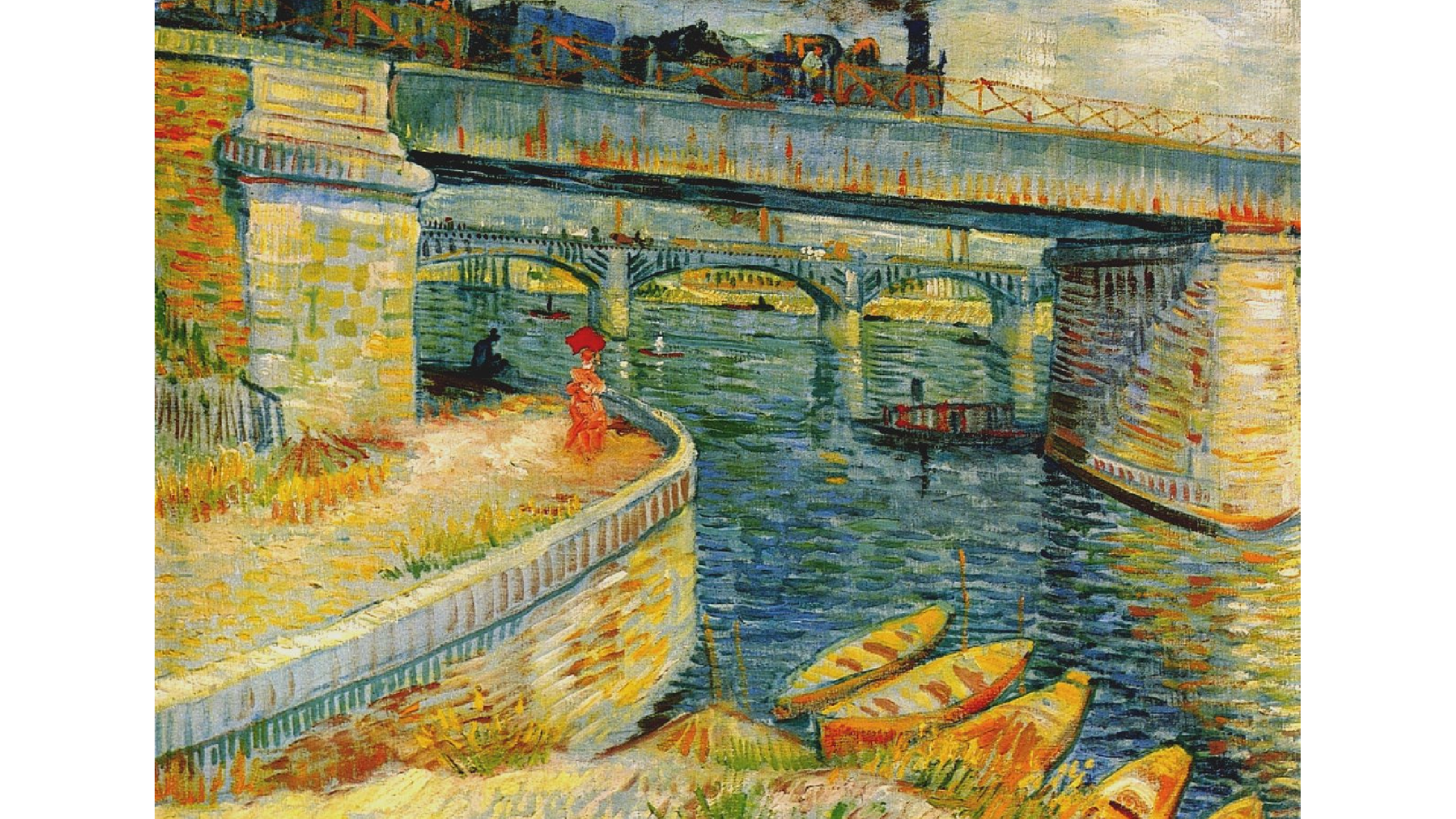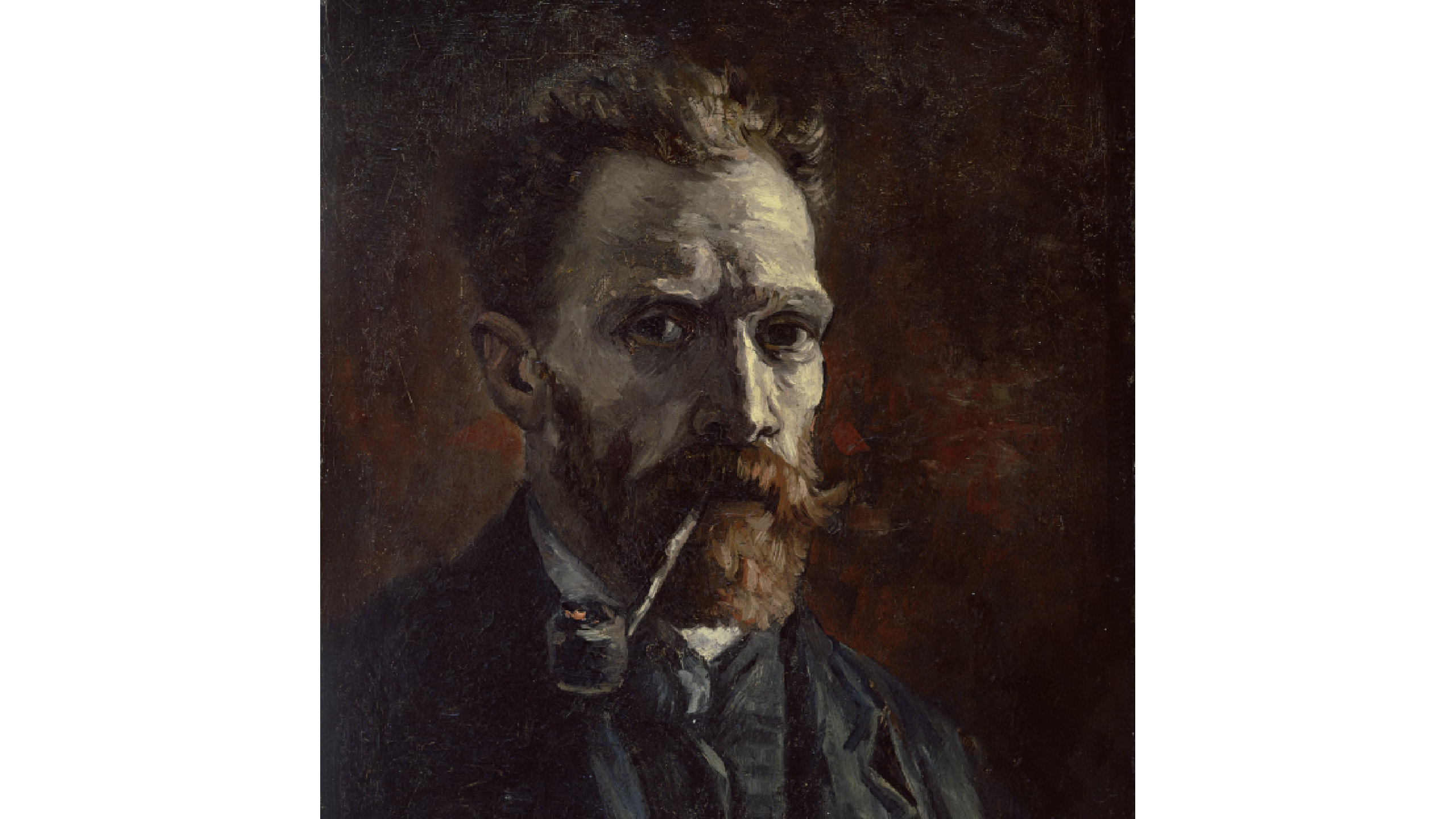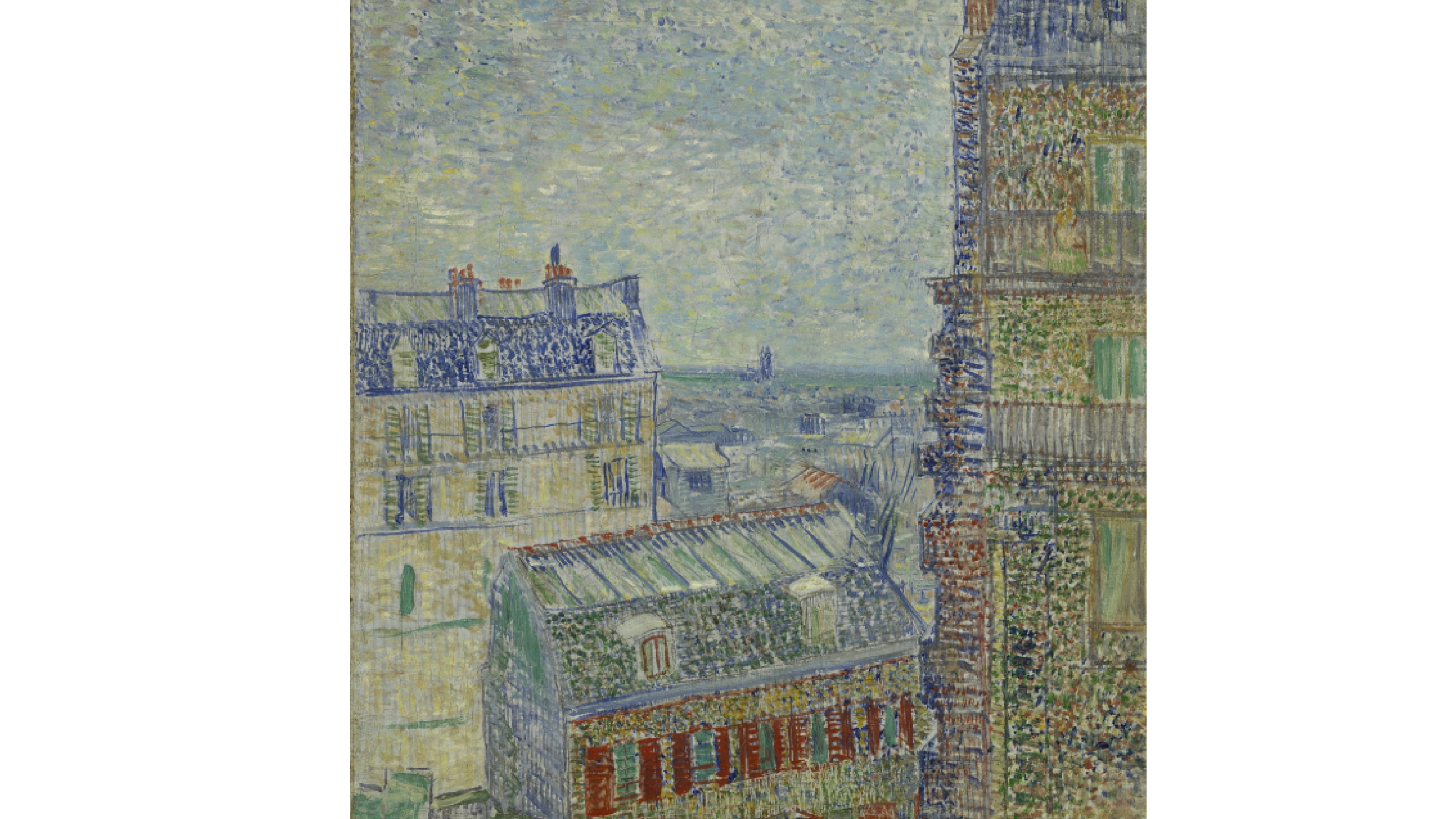His work
at Paris
Vincent van Gogh's artistic journey in Paris marked a significant period of his life and career. From 1886 to 1888, he resided in the bustling French capital, where he immersed himself in the vibrant art scene and found inspiration in the city's atmosphere and culture. During his time in Paris, Van Gogh's style underwent a remarkable transformation. He became exposed to a diverse range of artistic influences, including Impressionism, Pointillism, and Japanese woodblock prints, which had a profound impact on his work. He embraced brighter color palettes and experimented with different brushwork techniques, striving to capture the fleeting essence of his subjects. Van Gogh's fascination with the urban environment led him to create striking cityscapes and portrayals of Parisian life. He depicted bustling boulevards, lively cafes, and the scenic allure of the city's parks. His paintings like "Café Terrace at Night" and "The Courtyard of the Hospital at Arles" showcase his ability to infuse everyday scenes with an emotional depth and intensity. Furthermore, Van Gogh's time in Paris exposed him to the works of prominent artists such as Claude Monet, Paul Gauguin, and Henri de Toulouse-Lautrec. He engaged in artistic exchanges and collaborations, which further fueled his creative spirit and pushed him to explore new artistic avenues. However, despite his exposure to the Parisian art scene, Van Gogh faced personal challenges and struggles with mental health during this period. He grappled with feelings of isolation and disillusionment, which found expression in some of his more somber works. Nonetheless, the Parisian years were instrumental in Van Gogh's artistic development. The city served as a catalyst for his artistic exploration and laid the foundation for the distinctive style that would later define his career. His time in Paris not only left an indelible mark on his own art but also influenced and inspired generations of artists to come. In conclusion, Van Gogh's sojourn in Paris was a pivotal chapter in his artistic journey. The city provided him with fertile ground for growth and experimentation, leading to the creation of iconic works that continue to captivate audiences worldwide.
So... maybe you are wondering... Why so many self-portraits?
If we visit all the work of van Gogh we'll find numerous self-portraits of the painter, and many artists of period did the same, and there is a bunch hypothesis of why.
- Affording a model for the paintings was often difficult for van Gogh, so he used himself as a subject.
- Self-exploration and self-expression: Van Gogh's self-portraits allowed him to explore his own emotions, identity, and personal struggles. Through these works, he could convey his inner turmoil, loneliness, and the intensity of his experiences.
- Practice and experimentation: Self-portraits served as a means for Van Gogh to practice and refine his artistic skills. By using himself as a subject, he could experiment with various techniques, brushwork, color combinations, and compositions.
- Financial constraints: Van Gogh often faced financial difficulties throughout his life. Creating self-portraits provided him with an opportunity to produce marketable artworks that could be sold to collectors or used as gifts for friends and family.
- Symbolism and introspection: Van Gogh's self-portraits were infused with symbolic elements and conveyed deeper meanings. Through his use of color, brushwork, and symbolic details, he explored his own psychological state, emotional turmoil, and search for meaning in life.
- Documentation and self-representation: Van Gogh's self-portraits allowed him to document his physical appearance over time. They captured his evolving features, including the effects of his mental health struggles and the passage of time.














